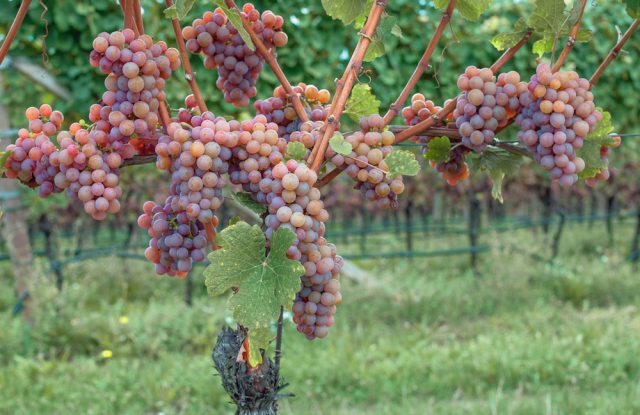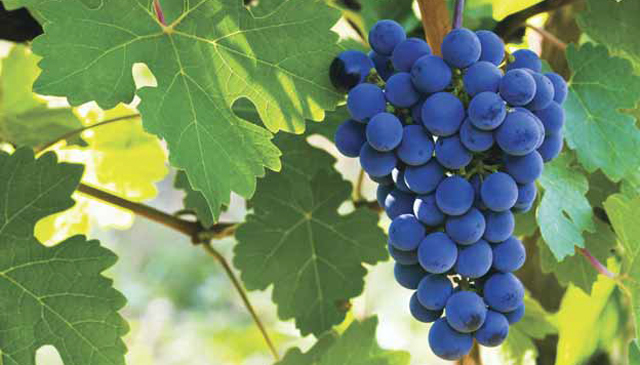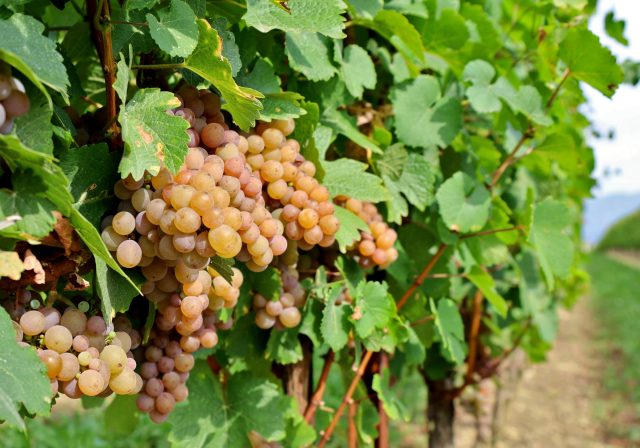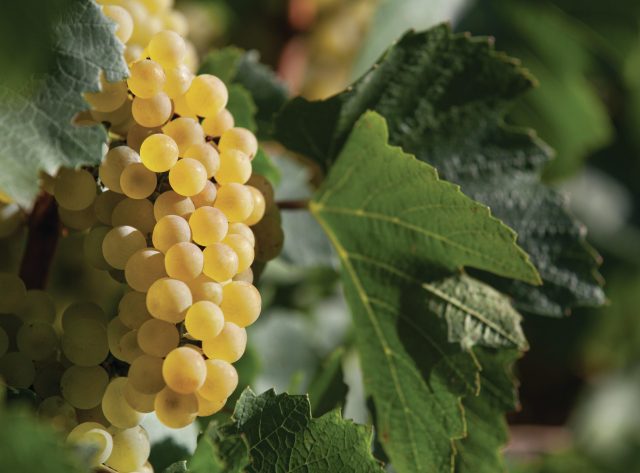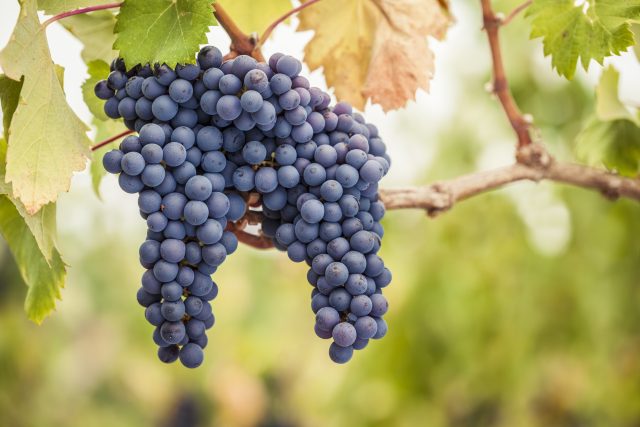Following the release of the annual New Zealand Wine State of the Nation report, db Analyzes the main grape varieties produced in the country and some of the best bottles.
10. Malbec
95 hectares in 2023 as against 127 in 2014.
Malbec has declined in New Zealand over the past decade, although there are still excellent, affordable examples such as Leftfield’s Hawke’s Bay Malbec.
9. Gewürztraminer
192 in 2023 and 376 hectares in 2014.
Among these wine-producing New Zealand regions, Marlborough, Hawke’s Bay and Gisborne stand out. Ohanneshof Cellers produces an award-winning Gewürztraminer, revealing aromas of spice and sandalwood, followed by notes of rose water and a delicate sweetness. Hawke’s Bay-based Stonecraft produces a full-bodied Gewürztraminer with hints of stone fruit, sweet citrus and ginger spice.
8. Cabernet Sauvignon
204 in 2023 and 289 in 2014.
Another grape variety that has declined slightly is Cabernet Sauvignon. Hawke’s Bay offers excellent conditions, with excellent examples such as the Mills Reef Elspeth Gimblett Gravels Cabernet Sauvignon.
7. Sira
443 hectares as against 433 in 2014.
The Syrah variety is mainly grown in the North Island, with the largest plantings in Hawke’s Bay and Auckland/Northland, including Waiheke Island. The origins of Syrah in New Zealand date back to the mid-19th century, and ‘Le Sol’ from the Craggy Range is a wonderful example of the variety.
6. Riesling
595 hectares as against 784 in 2014
Mainly grown in the South Island where low humidity and long, dry autumns allow for excellent growth, this grape variety has also declined slightly over the past ten years. A remarkable dry Riesling wine from Central Otago that won a gold medal at the 2022 Global Riesling Masters is the best example.
5. Merlot
1,061 compared to 1,290 hectares a decade ago
One of the world’s most popular grape varieties has declined somewhat over the past decade.
4. Pinot Gris
2,797 hectares compared to 2,451 ten years ago
Pinot Gris, a varietal of Pinot Noir, comes from Burgundy and gets its name from the grape skins, which can vary from blue-gray in appearance to copper and light purple hues. In New Zealand, Central Otago is a popular location for this grape. Additionally, Marisco Vineyards Leefield Station Pinot Gris from Marlborough, which won a silver medal at the 2023 Global Pinot Gris Masters, is an excellent example.
3. Chardonnay
3,149 compared to 3,346 hectares in 2014
The third most important grape variety, and one that experienced a big increase in hectares from fourth place, was New Zealand Chardonnay. It’s a grape that can also make delicious wine with the grapefruit notes of Sauvignon Blanc or the peach and apricot characters associated with Vognier.
Marlborough is a great place for grapes, and Stoneleigh’s Wild Valley Chardonnay, sourced from the area, won a gold medal at our Global Chardonnay Masters.
2. Pinot Noir
5,678 hectares as against 5,509 in 2014
This popular but subtle grape has declined slightly over the past decade, but remains the second most stable of New Zealand grape varieties. Thin-skinned, tightly bunched and prone to disease, it is difficult to ask why, in the current climate of the world, this grape should be cultivated, but the joy, of course, is in the glass. Great examples of NZ Pinot Noirs under £20 are Marisco Vineyards’ The Ned Pinot Noir from Marlborough, which won a gold medal at the 2023 Global Pinot Noir Masters.
1. Sauvignon Blanc
27,084 hectares compared to 20,029 a decade ago.
When pronouncing the word “chau blanc”, in the wine world we usually say “New Zealand”. Herbaceous, citrusy, herbaceous, sometimes smoky, it has been an absolute powerhouse of New Zealand wine regions since the first grapes were planted in Marlborough in the 1970s, and it shows no signs of stopping.In the last ten years alone, the estates have grown by more than a third. Along with multiple medals at the Global Sauvignon Blanc Masters, it also wins awards such as Straits Grand Reserve from Silini Estates, Hawke’s Bay, gold-winning Marlborough’s Te Pas, and winner Marisco Vineyards’ Pride & Glory. Best Wine Award.

“Typical beer advocate. Future teen idol. Unapologetic tv practitioner. Music trailblazer.”


